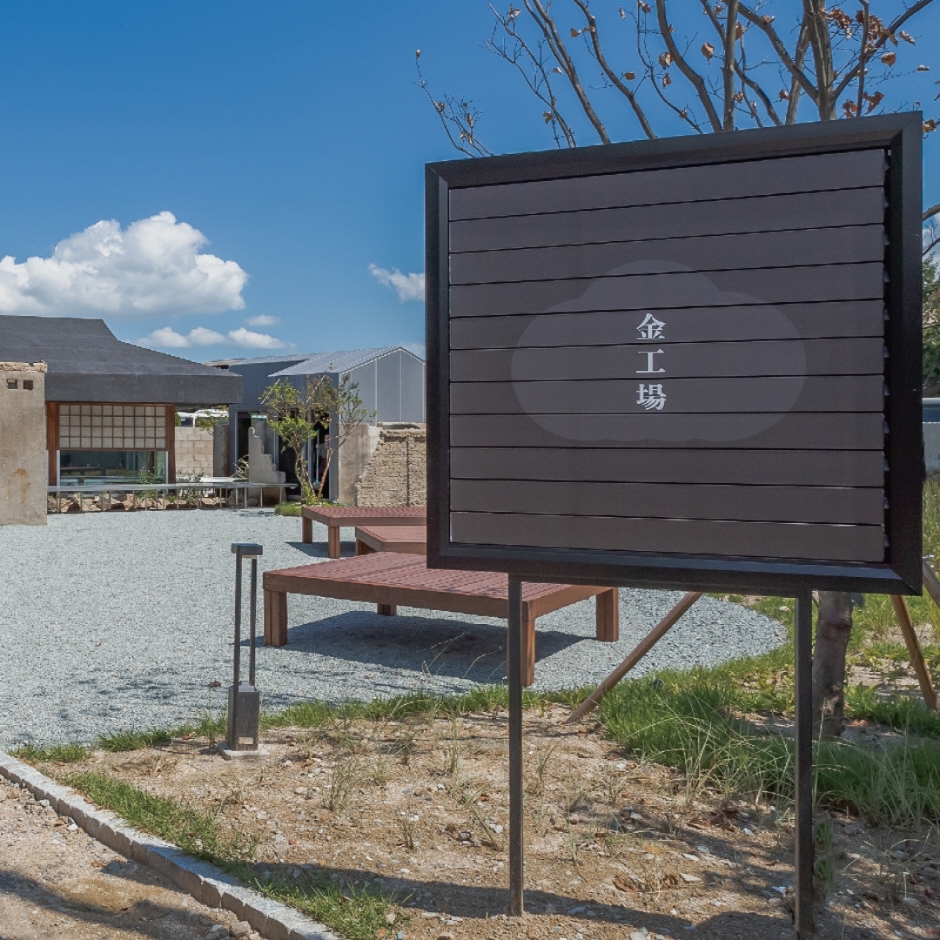Cheolgiwa Jeon (철기와전)
3.0Km 2024-04-07
8-1 , Sinbok 7-gil, Deokjin-gu, Jeonju-si, Jeonbuk-do
Cheolgiwa Jeon is a jeon (traditional Korean pancake) specialty restaurant where one can taste a variety of jeon prepared by a Korean food expert as a course meal. The restaurant is managed by the chef and serves a delectable collection of jeon under the menu name "Ibaji Set," which is available in a seven-course meal or five-course meal.
Olive Young - Jeonju Angol Sageori Branch [Tax Refund Shop] (올리브영 전주안골사거리점)
3.1Km 2024-06-27
257, Andeogwon-ro, Deokjin-gu, Jeonju-si, Jeonbuk-do
-
Sky [Korea Quality] / 하늘애 [한국관광 품질인증]
3.2Km 2025-03-17
33-11, Dongmun-gil, Wansan-gu, Jeonju-si, Jeonbuk-do
+82-10-6453-1200
Sky is a guesthouse located in an alley next to the Jeonju Hanok Village Parking Lot. The house was built in 1930 and remodeled in 2014. It was originally a Japanese-style house, but the original building was completely demolished and a traditional Korean house was built in its place. The sheets and blankets in all the guestrooms are embroidered by the owner of the guesthouse. Her embroidery skills make some of the guests choose to stay at this guesthouse since they can learn the trade from her. She offers an embroidery class for such guests for only KRW 4,000 per person, and only 5 people are allowed in the class. If you want, you can also play the traditional Korean game called "yutnori" for free.
Ggol - Jeonju Branch [Tax Refund Shop] (꼴 전주점)
3.2Km 2024-04-19
21, Eunhaeng-ro, Wansan-gu, Jeonju-si, Jeollabuk-do
-
Gyeonggijeon Shrine (경기전)
3.3Km 2024-10-22
44 Taejo-ro, Wansan-gu, Jeonju-si, Jeonbuk-do
+82-63-281-2790
A registered Historic Site, Gyeonggijeon Shrine was erected in 1410 and holds the portrait of King Tae-jo, the founder of the Joseon dynasty. The shrine was originally given the name Eoyongjeon, but was changed to its current name in 1442, the 24th year of King Sejong the Great. The structure was partially destroyed during the Imjin War (1592-1598), and was restored in 1614.


![Sky [Korea Quality] / 하늘애 [한국관광 품질인증]](http://tong.visitkorea.or.kr/cms/resource/39/2046939_image2_1.jpg)

 English
English
 한국어
한국어 日本語
日本語 中文(简体)
中文(简体) Deutsch
Deutsch Français
Français Español
Español Русский
Русский